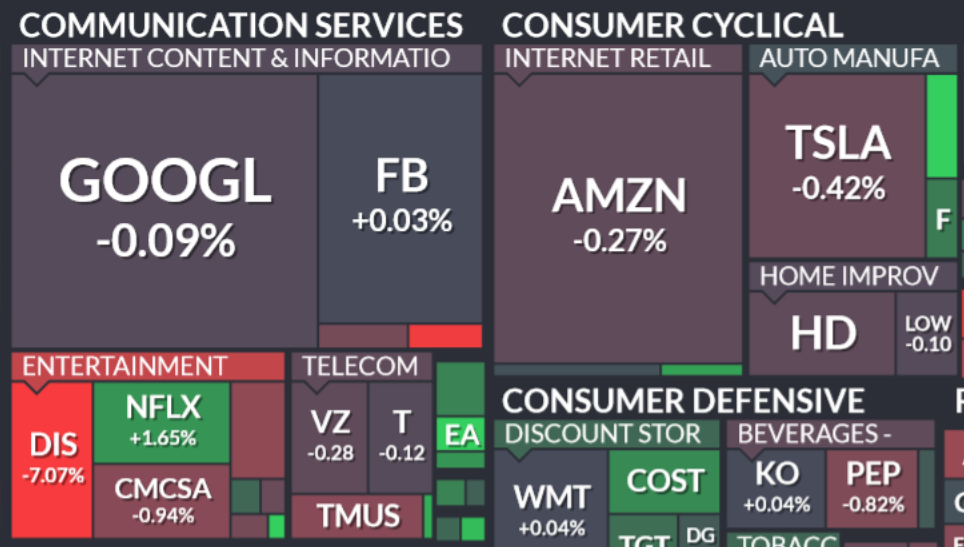 Natural gas was little changed following Wednesdays steep drop with investors waiting for the EIAs weekly inventory report that is expected to show a near-average build.
Natural gas was little changed following Wednesdays steep drop with investors waiting for the EIAs weekly inventory report that is expected to show a near-average build.
Natural gas for delivery in October traded 0.15% higher at $2.664 per million British thermal units at 07:56 GMT, holding in a tight daily range of $2.672 – $2.650. The contract plunged 2.5% on Wednesday, adding to Tuesdays 1.1% decline and swinging into negative weekly territory, currently down 1% for the week.
The Energy Information Administration is expected to report later today that US natural gas stockpiles expanded by 73 billion cubic feet in the week ended September 11th, reflecting warmer temperatures compared to the previous week but also taking into account reduced demand due to the Labor Day holiday. This compares to the five-year average gain of 75 bcf for the period, while stockpiles rose by 90 bcf a year earlier. A reading below 71 bcf would be considered bullish, and one above 75 – bearish, with the range in-between being neutral.
Last Thursday’s supply report showed a smaller-than-expected build of 68 bcf for the week ended September 4th, which brought the total gas held in US storage hubs to 3.261 trillion cubic feet. Still, the above-normal inventory gain helped expand a surplus over the five-year average stockpiles of 3.134 trillion to 4.1% from 4.0% a week earlier.
In addition, natural gas demand in the US will be low-moderate compared to normal through September 23rd, according to NatGasWeather.com. Temperatures over the eastern US have warmed up to a few degrees above normal and will remain so through the end of the week. Afternoon highs will be in the 70s to mid-80s over the northern US, basically removing the need for cooling but also keeping heating demand at bay when it should be steadily increasing. Meanwhile, readings over the South will peak in the mid-80s to 90s, spurring only light cooling demand.
Local demand will be the highest in Texas and the Plains where highs will reach the low-mid 90s. A stalled frontal boundary will keep max temperatures over the Southeast within the 80s, curbing cooling demand to lighter than normal. Also helping limit consumption, the West, including California, will become cooler as Pacific weather systems track inland with showers.
This weeks comfortable weather across most of the country will lead to a much heftier inventory build for next Thursdays report. The September 24th data is projected to print a stockpiles gain of about 105 bcf for the week ended September 18th, compared to the average gain of 83 bcf and the year-ago one of 96 bcf.
After temperatures warm up over the East by Friday, a fresh cool blast will hit the Midwest and interior Northeast this weekend, NatGasWeather.com said, dropping highs briefly into the 60s and 70s, before warming back to slightly above normal next week. As the week progresses, the central, southern and eastern US will remain dominated by high pressure, while the Northwest and northern Plains will be slightly cooler than normal due to Canadian systems passing through with showers.
Overall, weather sentiment remains skewed to the bearish side as readings across the north-eastern US hover near the average, slightly above or below at times, while the south-central US drives stronger cooling demand, but with no widespread heat, and the West offsets it with lighter such. The first significant change will come when more impressive Canadian cold blasts hit the US, bumping up heating demand, but this isnt expected before the start of October.
Temperatures
According to AccuWeather.com, readings in New York will max out at 89 degrees Fahrenheit today, 14 above usual, before gradually dropping to the mid 70s as of September 21st and easing slightly more through the end of the month. Chicago will see temperatures peak at 83 degrees today and 79 degrees tomorrow, compared to the average 75, before highs drop to near-normal afterwards.
Down South, Texas city will be peaking at 87-90 degrees through September 22nd, slightly above the usual 86-87, followed by a gradual drop into the low 80s. On the West Coast, temperatures in Los Angeles will max out at 90-95 degrees on September 20-21st, before easing to the low-mid 80s over the following 10 days.
Pivot points
According to Binary Tribune’s daily analysis, October natural gas futures’ central pivot point stands at $2.684. In case the contract penetrates the first resistance level at $2.712 per million British thermal units, it will encounter next resistance at $2.763. If breached, upside movement may attempt to advance to $2.791 per mBtu.
If the energy source drops below its S1 level at $2.633 per mBtu, it will next see support at $2.605. In case the second key support zone is breached, the power-station fuel’s downward movement may extend to $2.554 per mBtu.
In weekly terms, the central pivot point is at $2.689. The three key resistance levels are as follows: R1 – $2.737, R2 – $2.781, R3 – $2.829. The three key support levels are: S1 – $2.645, S2 – $2.597, S3 – $2.553.





